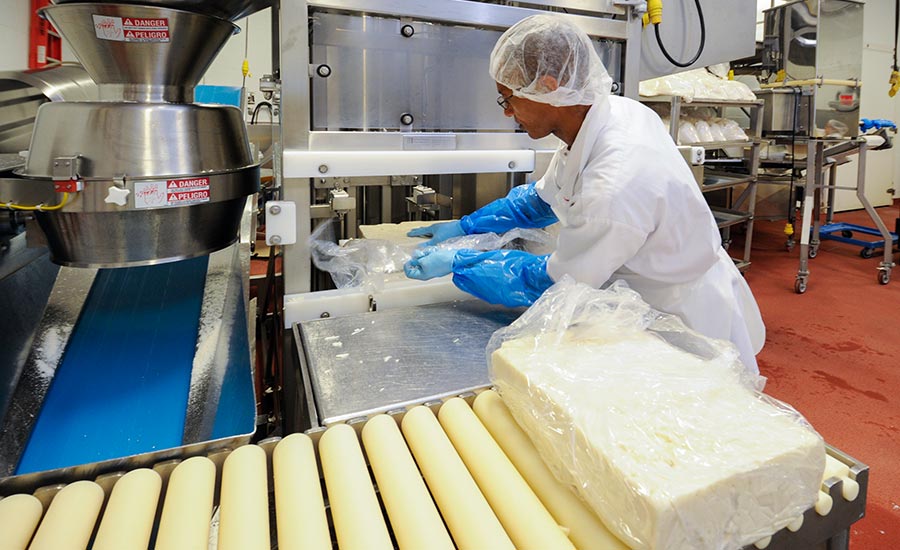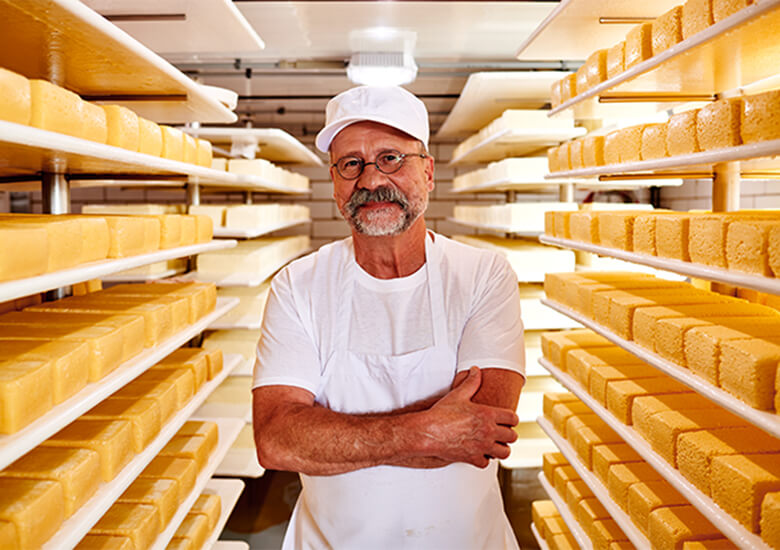Checking Out Melbourne Made Cheese: Why Floridia Cheese Is a Must-Try
Wiki Article
Opening the Secrets of Artisanal Cheese Making: A Detailed Do It Yourself Guide
In the world of cooking workmanship, artisanal cheese making stands as a testimony to the fragile balance in between custom and advancement. As we get started on this trip to demystify the art of developing beautiful cheeses, we are encountered with a tapestry of secrets and abilities waiting to be untangled.Picking the Right Milk
When getting started on the journey of artisanal cheese production, the option of milk plays a critical role in establishing the quality and qualities of the final product. The type of milk chosen impacts the flavor, appearance, and overall profile of the cheese.When picking milk for cheese making, it is necessary to think about the fat web content. Higher fat material in milk can cause a creamier and richer cheese, while reduced fat web content may bring about a drier and firmer appearance. Furthermore, the source of the milk, whether from cows, goats, sheep, or buffalo, adds distinct tastes and characteristics to the cheese (Floridia Cheese). Each kind of milk brings its own subtleties, permitting a large range of cheese ranges to be crafted based on the selected milk. Eventually, the option of milk is an essential choice that establishes the foundation for a successful artisanal cheese-making endeavor.
Culturing and Coagulating
To initiate the cheese-making procedure, the essential steps of culturing and coagulating must be thoroughly carried out to transform milk right into curds and whey. The kind of society utilized can dramatically influence the taste, structure, and ripening of the last cheese item.

The timing and temperature control throughout culturing and coagulation are crucial factors that affect the final outcome of the cheese. Correct execution of these actions is vital to make certain the wanted appearance, flavor, and uniformity of the artisanal cheese being produced.
Draining and Pushing Curds
After the milk proteins have actually coagulated and the curds have actually been reduced to launch whey, the next essential action in artisanal cheese making involves draining pipes and pressing the curds to accomplish the preferred appearance and consistency of the last cheese item. Draining pipes is the process of dividing the curds from the whey. This can be done by moving the curds right into a cheesecloth-lined bowl-shaped sieve or mold and enabling the whey to drain off normally. The time for draining pipes can differ depending upon the kind of cheese being made and the wanted wetness web content.When the curds have completely drained, the following step is pushing. Pushing helps expel any kind of remaining whey and compacts the curds to develop a solid cheese wheel. Pushing can be done utilizing specialized cheese presses that apply gentle and regular pressure over a time period. The duration and pressure applied during pushing will certainly influence the last appearance of the cheese, from luscious and soft to tough and firm. Proper pushing and draining pipes are important actions that considerably affect the quality and characteristics of the artisanal cheese being produced.
Aging and Flavor Strategies
Applying precise aging and flavor techniques is essential in enhancing the depth and intricacy of artisanal cheeses, elevating their taste accounts to beautiful degrees of improvement and elegance. Aging plays a critical role in establishing the unique flavors and structures that identify artisanal cheeses.Flavoring methods additionally add considerably to the last preference of artisanal cheeses. Cheesemakers may choose to introduce extra tastes by including ingredients such as herbs, flavors, or also fruits right into the cheese during the production process. Furthermore, some cheeses are cleaned or massaged with numerous liquids, such as brine or useful reference alcohol, to enhance their textures and flavors.
Covering and Saving Cheeses

Final Thought
To conclude, understanding the art of artisanal cheese making involves meticulously choosing the appropriate milk, complying with specific culturing and coagulating processes, draining and pushing curds efficiently, and making use of various aging and flavoring strategies. By following these actions vigilantly and with interest to detail, you can produce your very own scrumptious and special cheeses in the house. Remember to wrap and keep your cheeses effectively to guarantee optimum taste and texture advancement. Satisfied cheese making!Each type of milk brings its own nuances, allowing for a broad variety of cheese selections to be crafted based on the picked milk.After the milk healthy proteins have actually coagulated and the curds have been cut to release whey, the next important step in artisanal cheese making includes draining and pushing the curds to attain the wanted texture and consistency of the last cheese item. The majority of cheeses need to be covered in wax paper or cheese paper to permit them to take a breath while safeguarding them from drying investigate this site out. For cheeses that require to continue aging, such as bloomy skins or washed peels, guarantee they are saved in a trendy atmosphere like a cheese cave or a fridge set to the proper temperature level. By paying interest to the wrapping and storage space of artisanal cheeses, cheese manufacturers and fanatics can maintain the honesty of these specials and completely enjoy their complex tastes.
Report this wiki page